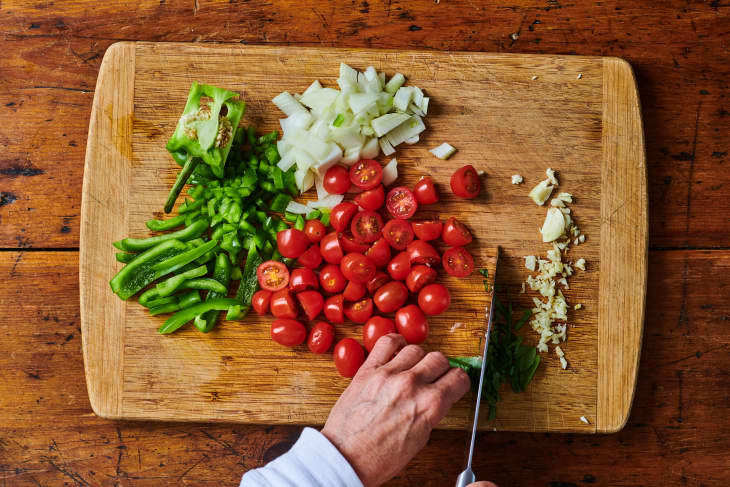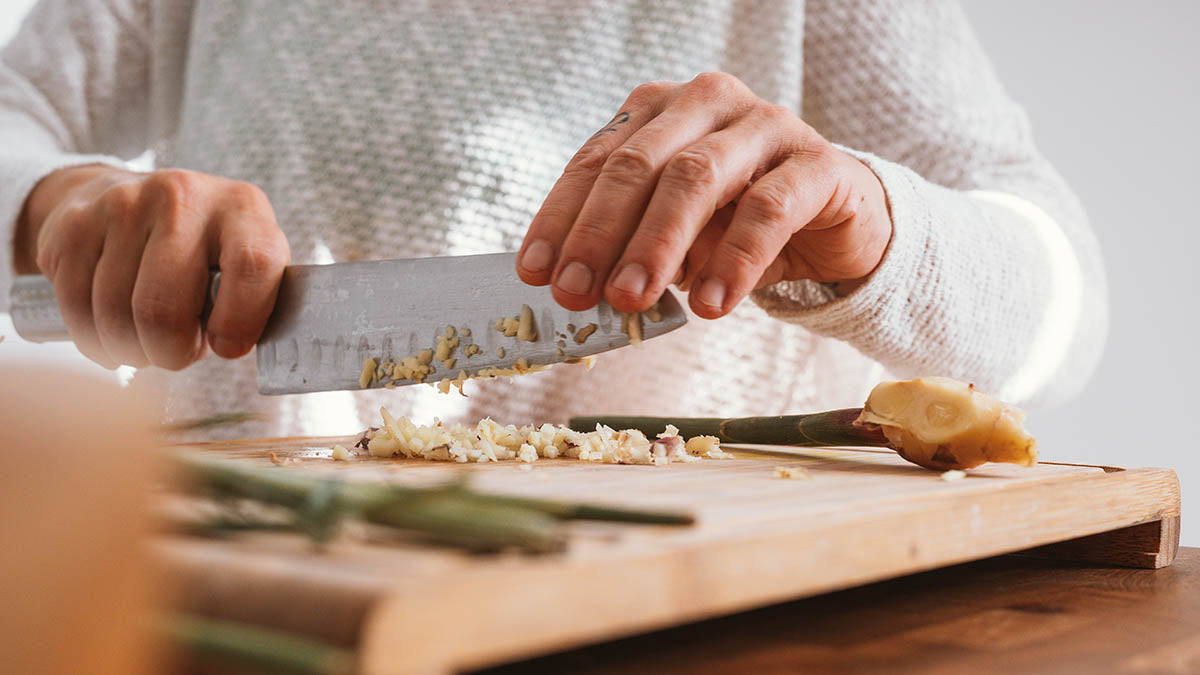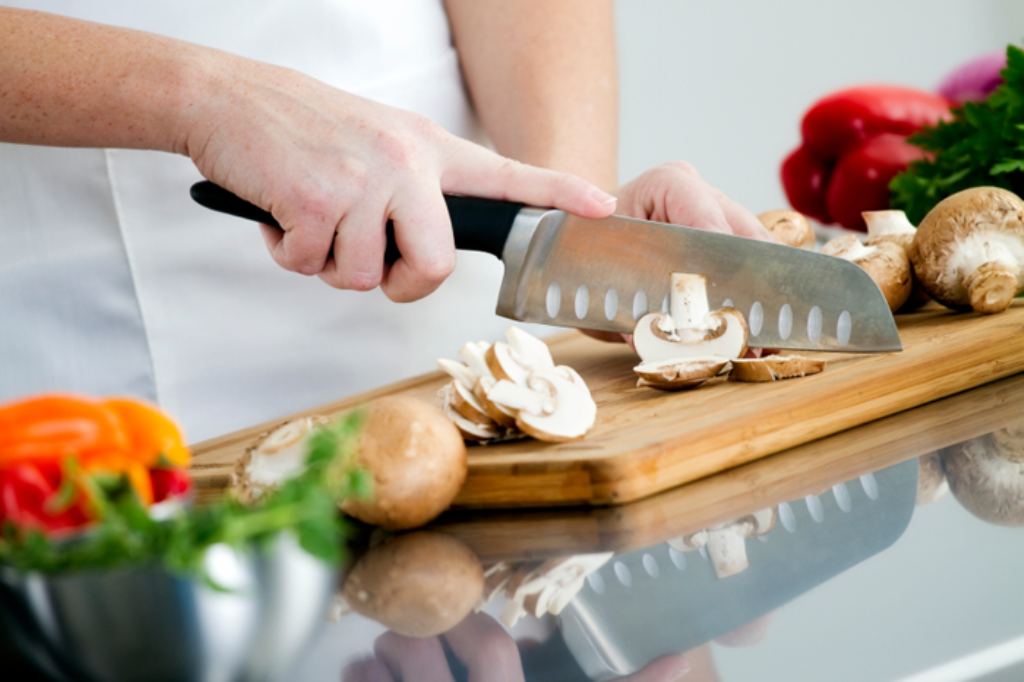If youre a culinary professional or simply enjoy cooking at home, you might have asked yourself: What exactly is the purple cutting board used for? This striking addition to your kitchen is not merely for decoration; it serves a crucial function in promoting food safety and organization in both commercial and residential settings. In this detailed guide, we will explore the significance of the purple cutting board, its importance, and how it relates to overall kitchen hygiene.

The Color-Coded Cutting Board System
Before we delve into the specific applications of the purple cutting board, its vital to grasp the broader concept of the color-coded cutting board system. Many chefs use color-coded cutting boards to minimize the risk of cross-contamination by assigning distinct colors to different food types. This method aids kitchen staff in handling food safely, particularly in fast-paced commercial environments.
The commonly used colors in this system include:
- Red: Raw meat
- Blue: Raw fish and seafood
- Green: Fresh fruits and vegetables
- Yellow: Poultry
- White: Dairy and baked goods
However, the purple cutting board holds a unique function that is vital in specific circumstances. Lets explore this in more detail below.
Why Is the Purple Cutting Board Unique?
The purple cutting board is primarily utilized for allergen awareness. It is specifically designed to handle foods that must remain free of allergens. In professional kitchens, this cutting board is essential for preparing meals for those with severe allergies or dietary restrictions.
For example, a purple cutting board may be employed when making gluten-free bread, nut-free desserts, or dairy-free cheese. Its distinctive color allows kitchen staff to easily recognize it as the tool for allergens-specific tasks. This system plays a crucial role in avoiding cross-contact, ensuring that food remains safe for individuals with specific dietary needs.
Key Features of the Purple Cutting Board
There are several reasons why the purple cutting board excels in professional culinary environments:
- Durable Material: Most purple boards are constructed from high-density plastic, making them easy to sanitize and resistant to deep cuts that could harbor allergens.
- Non-Slip Surfaces: These cutting boards often feature non-slip grips, enhancing stability and safety during intricate cutting tasks.
- Clear Identification: The bold color ensures it stands out even amidst the bustle of a busy kitchen.
For further reading on why cutting board material matters, check out this informative article.
Common Uses of the Purple Cutting Board
Understanding the scenarios in which the purple cutting board is frequently utilized can enhance its effective use. Here are some scenarios:
Gluten-Free Food Preparation
In restaurants that cater to gluten-free diets, the purple cutting board is invaluable. It guarantees that no accidental contamination occurs from wheat products during preparation.
Nut-Free Dish Preparation
Nut allergies can range in severity, and the purple cutting board minimizes the risk of cross-contamination when preparing nut-free items, allowing for safe allergen zones in kitchens.
Vegan or Dairy-Free Options
For diners following vegan diets or those allergic to dairy, the purple cutting board ensures their meals are prepared with the highest caution against contamination.
Detailed insights into maintaining cutting boards for safe usage can be found in this guide.
Maintaining the Purple Cutting Board
Like any kitchen tool, proper maintenance is essential to keep the purple cutting board effective and safe. Heres a quick guide:
- Sanitizing: Wash the board with hot, soapy water after each use, followed by sanitizing with a food-safe solution.
- Drying: Ensure the board is fully dry before storing to prevent bacterial or mold growth.
- Inspection: Regularly examine the board for deep cuts or grooves that could harbor allergens despite cleaning.
Need additional tips? Visit this resource for information on cutting board safety.

FAQs About the Purple Cutting Board
1. Can the Purple Cutting Board Be Used for General Tasks?
While its technically feasible, using the purple cutting board for non-allergen-specific tasks is strongly discouraged. Its primary purpose is to maintain allergen safety in the kitchen.
2. How Do I Clean and Maintain a Purple Cutting Board?
Proper washing, sanitizing, and drying are crucial. Regular inspections for deep scratches are also necessary to ensure that the board remains safe for allergen-free food preparation.
3. Where Is the Best Place to Purchase a Quality Purple Cutting Board?
You can find purple cutting boards specifically designed for allergen safety in many culinary supply stores, both online and offline. Make sure to select one made from high-quality, durable material.
For more kitchen tips and insights, feel free to explore our blog or check the helpful links provided here. If you're interested in further kitchen tools, read about the best Dutch oven and how to clean cutting boards effectively with vinegar. Additionally, learn about cleaning and sanitizing your cutting board for optimal safety.
This article contains affiliate links. We may earn a commission at no extra cost to you.






Leave a comment
This site is protected by hCaptcha and the hCaptcha Privacy Policy and Terms of Service apply.